Preface
Introducing the Motherboard
Introduction
Checklist
Standard Items
Features
Choosing a Computer Case
Motherboard Components
Table of Motherboard Components
Installing the Motherboard
Safety Precautions
Quick Guide
Installing the Motherboard in a Case
Checking Jumper Settings
Setting Jumpers
Checking Jumper Settings
Jumper Settings
Connecting Case Components
Front Panel Connector
Hard Drive Activity LED
Power / Sleep / Message Waiting LED
Reset Switch
Power Switch
Installing Hardware
Installing the Processor
Before installing the Processor
CPU Installation Procedure
Installing Memory Modules
Installation Procedure
Module Name
Installing a Hard Disk Drive/CD-ROM/SATA Hard Drive
About IDE Devices
About SATA Connectors
Installing Serial ATA Hard Drives
Installing a Floppy Diskette Drive
Installing Add-on Cards
Connecting Optional Devices
AUDIO1: Front Panel Audio header
SPDIFO1: SPDIF out header
SATA1 / SATA2: Serial ATA connectors
USB3 / USB4: Front Panel USB headers
Connecting I/O Devices
External Connector Color Coding
Using BIOS
About the Setup Utility
The Standard Configuration
Entering the Setup Utility
BIOS Navigation Keys
Updating the BIOS
Using BIOS
Standard CMOS Features
Date and Time
IDE Devices (None)
IDE HDD Auto-Detection
IDE Primary/Secondary Master/Slave
Access Mode
Drive A/Drive B (1.44M, 3.5 in./None)
Floppy 3 Mode Support (Disabled)
Video (EGA/VGA)
Halt On (All Errors)
Base Memory, Extended Memory, and Total Memory
Advanced BIOS Features
�
CPU Feature (Press Enter)
Thermal Management (Thermal Monitor 1)
Hard Disk Boot Priority (Press Enter)
CPU L1 and L2 Cache (Enabled)
Hyper-Threading Technology (Enabled)
Quick Power On Self Test (Enabled)
First/Second/Third Boot Device (Floppy/Hard Disk/CDROM)
Boot Other Device (Enabled)
Swap Floppy Drive (Disabled)
Boot Up Floppy Seek (Disabled)
Boot Up NumLock Status (On)
Gate A20 Option (Fast)
ATA 66/100 IDE Cable Msg. (Enabled)
Typematic Rate Setting (Disabled)
Security Option (Setup)
APIC Mode (Enabled)
OS Select For DRAM > 64 MB (Non-OS2)
HDD S.M.A.R.T Capability (Disabled)
Video BIOS Shadow (Enabled)
Small Logo (EPA) Show (Disabled)
Advanced Chipset Features
�
DRAM Clock/Timing Control
�
DRAM Timing Control (By SPD)
DRAM CAS Latency (2.5T)
RAS Active Time (tRAS) (6T)
RAS Precharge Time (tRP) (3T)
RAS to CAS Delay (tRCD) (3T)
AGP & P2P Bridge Control
AGP Aperture Size (128MB)
Graphic Window WR Combin (Enabled)
AGP Fast Write Support (Disabled)
AGP Data Rate (Auto)
OnChip AGP Control
VGA Share Memory Size (32 MB)
System BIOS Cacheable (Disabled)
Video RAM Cacheable (Disabled)
Integrated Peripherals
�
SIS OnChip IDE Device
Internal PCI/IDE (Both)
IDE Primary/Secondary Master/Slave PIO (Auto)
IDE Master/Slave Drive PIO (Auto)
Primary/Secondary Master/Slave Drive UltraDMA (Auto)
IDE DMA Transfer Access (Enabled)
IDE Burst Mode (Enabled)
SIS OnChip PCI Device
SIS USB Controller (Enabled)
USB Ports Number (6 Ports)
USB 2.0 Support (Enabled)
USB Legacy Support (Enabled)
USB Mouse Support (Disabled)
SIS AC97 AUDIO (Enabled)
SIS S/W Modem (Enabled)
SIS 10/100M ETHERNET (Enabled)
Onboard LAN Boot ROM (Disabled)
SIS Serial ATA Controller (Enabled)
SIS Serial ATA Mode (IDE)
Onboard SuperIO Device
Onboard FDC Controller (Enabled)
Onboard Serial Port 1 (3F8/IRQ4)
Onboard Serial Port 2 (2F8/IRQ3)
Onboard Parallel Port (378/IRQ7)
Parallel Port Mode (ECP)
ECP Mode Use DMA (3)
IDE HDD Block Mode (Enabled)
Init Display First (PCI Slot)
Power Management Setup Option
Power Management Timeouts
Wake Up Calls
Suspend Mode (Disabled)
Video Off Option (Susp, Stby --> Off)
Video Off Method (DPMS Supported)
MODEM Use IRQ (AUTO)
HDD Off After (Disabled)
Power Button Override (Instant Off)
Power On After Power Fail (Always Off)
PM Wake Up Events
IRQ [3-7, 9-15], NMI (Enabled)
IRQ 8 Break Suspend (Disabled)
Resume by RING (Disabled)
Resume by MACPME (Enabled)
Resume by PCI PME (Enabled)
Power Up by Alarm (Disabled)
** Reload Global Timer Events **
Primary/Secondary IDE (Disabled)
FDD, COM, LPT Port (Disabled)
PCI PIRQ[A-D]# (Disabled)
Delay Prior to Thermal ( None)
PNP/PCI Configurations
Reset Configuration Data (Disabled)
Resources Controlled By (Auto(ESCD))
PCI/VGA Palette Snoop (Disabled)
INT Pin 1-8 Assignment (Auto)
PC Health Status
Shutdown Temperature (Disabled)
System Component Characteristics
Frequency/Voltage Control
�
CPU Clock Ratio ( 0 X)
Clock Control By (Auto)
Async AGP/PCI/SRC Clk Disabled
CPU Frequency (100)
CPU: DRAM Frequency Ratio (SPD)
DRAM Frequency
Load Fail-Safe Defaults Option
Load Optimized Defaults Option
Set Password
Save & Exit Setup Option
Exit Without Saving
Using the Motherboard Software
About the Software CD-ROM
Auto-installing under Windows 98/ME/2000/XP
Setup Tab
Application Tab
Read Me Tab
Running Setup
Manual Installation
Utility Software Reference
AWARD Flash Memory Utility
WinFlash Utility
PC-CILLIN 2002
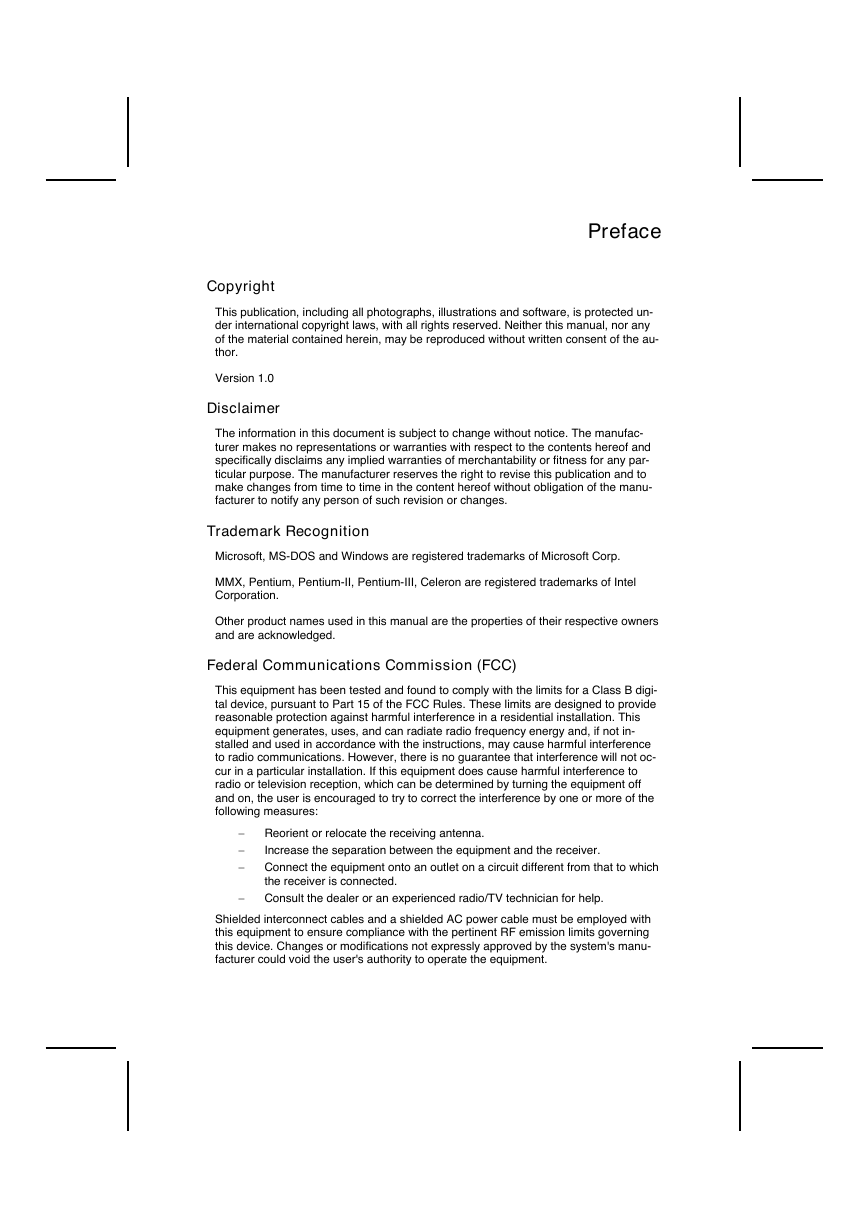
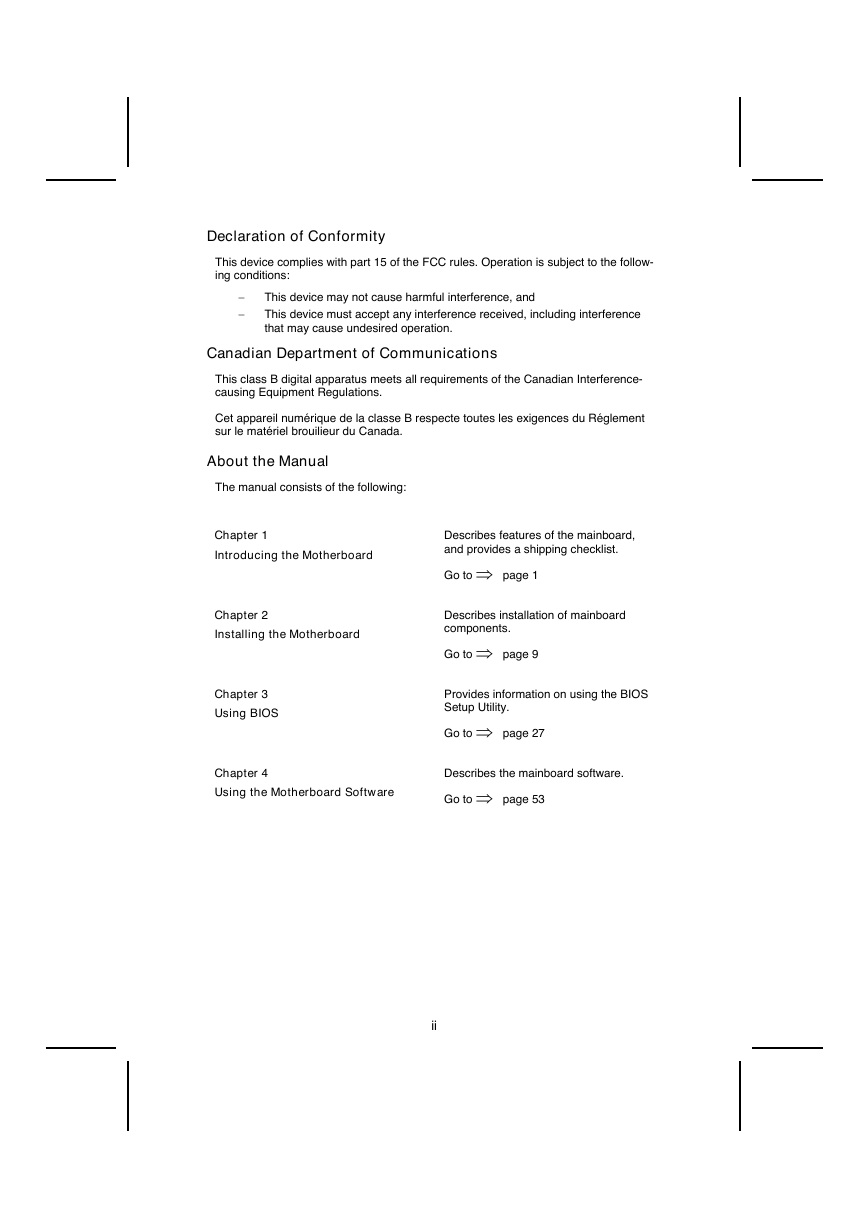
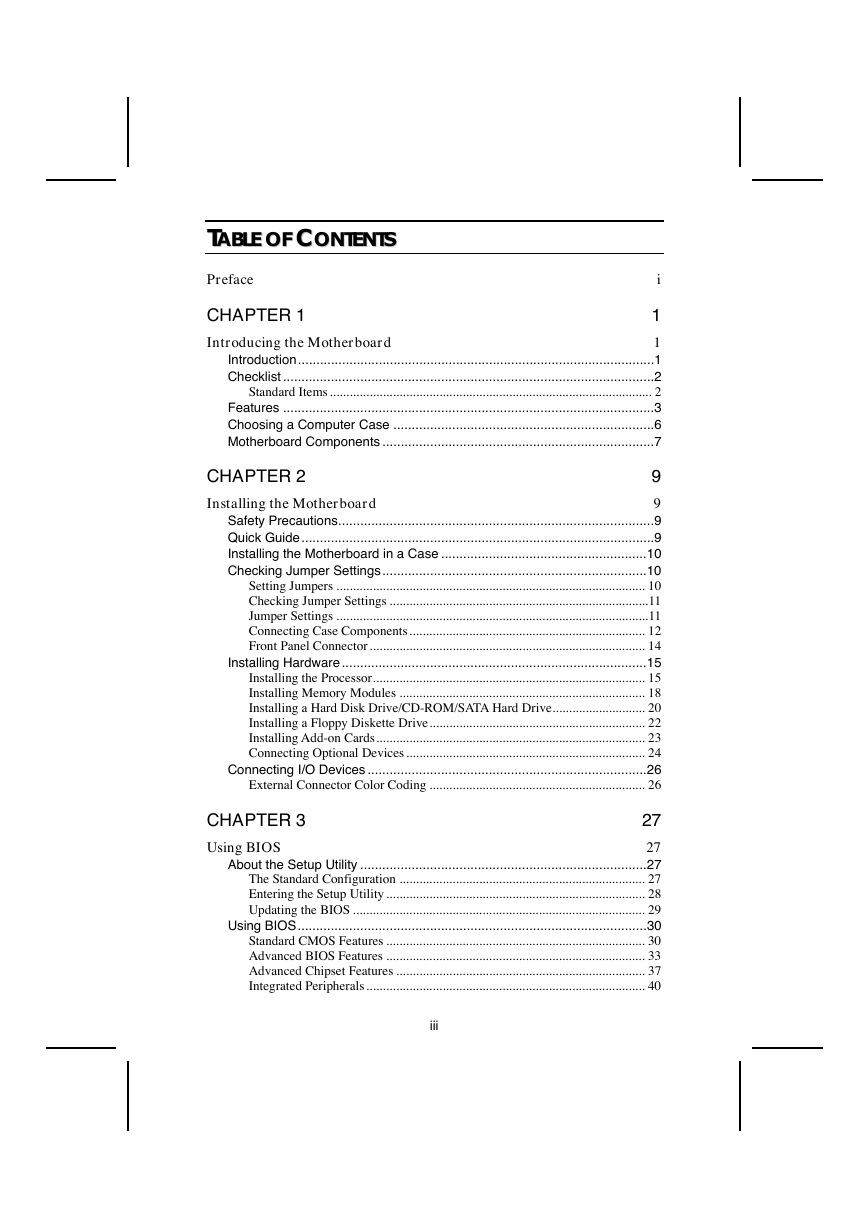
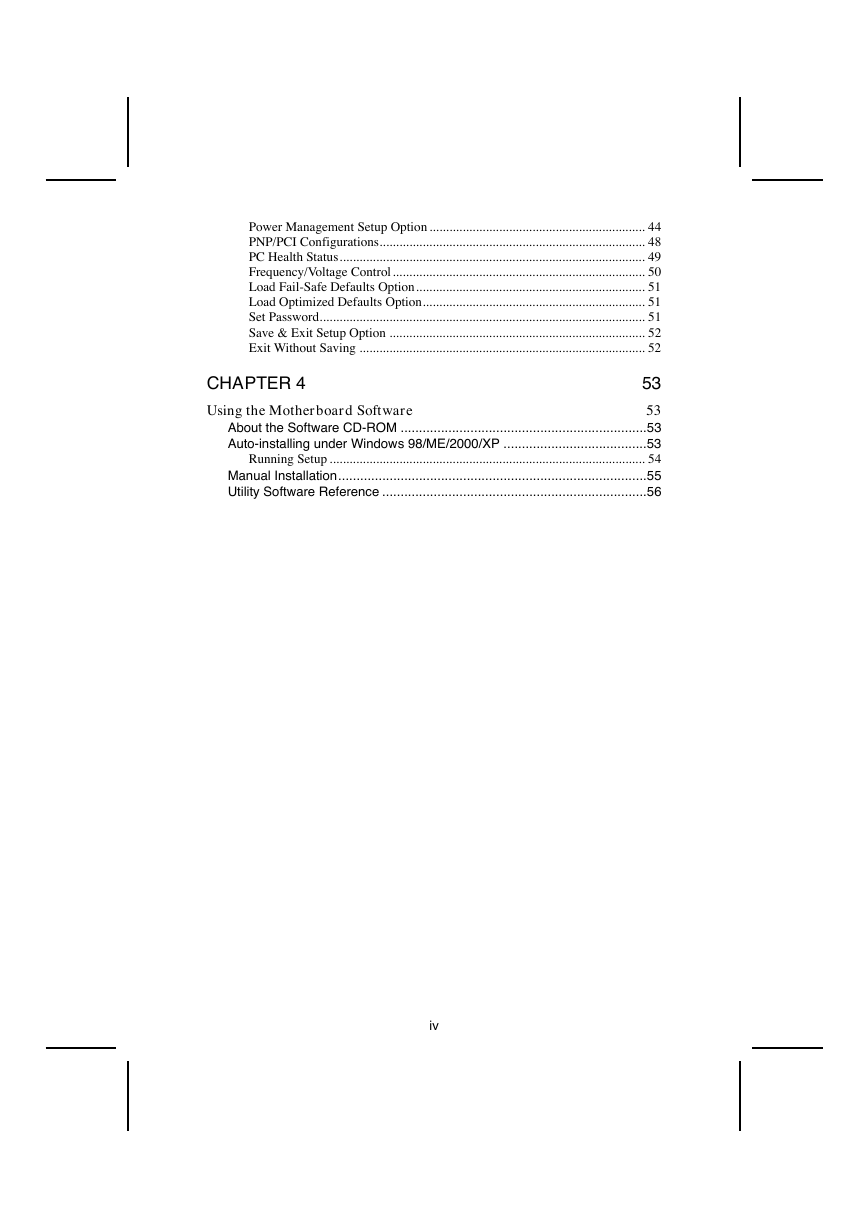


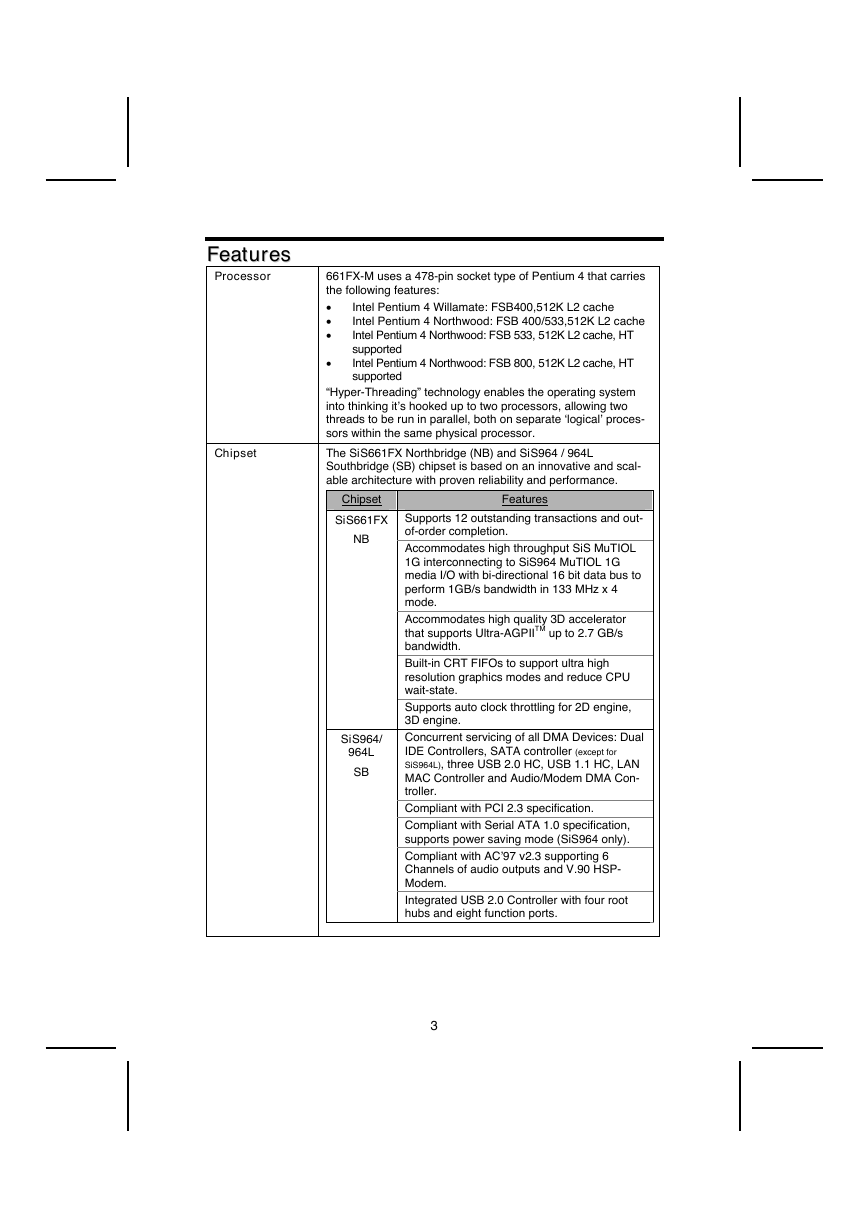
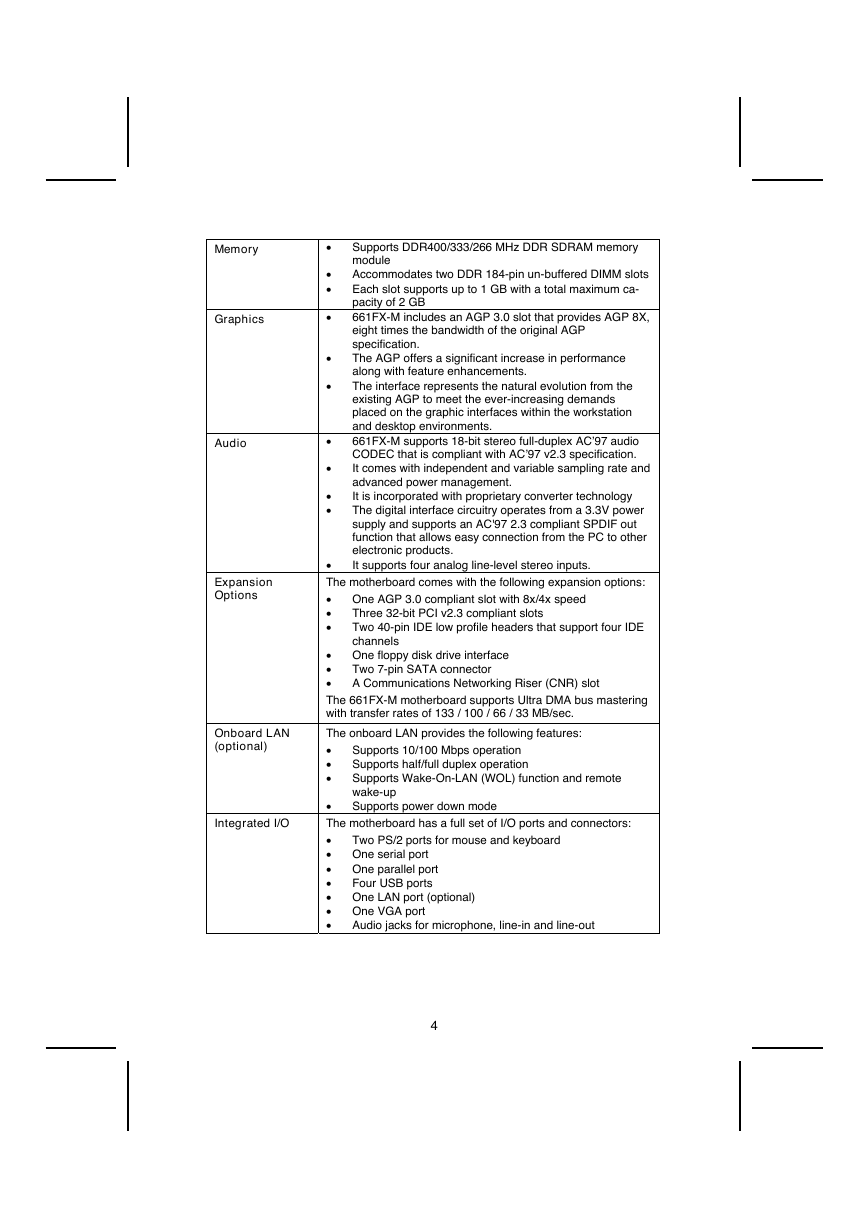








 2023年江西萍乡中考道德与法治真题及答案.doc
2023年江西萍乡中考道德与法治真题及答案.doc 2012年重庆南川中考生物真题及答案.doc
2012年重庆南川中考生物真题及答案.doc 2013年江西师范大学地理学综合及文艺理论基础考研真题.doc
2013年江西师范大学地理学综合及文艺理论基础考研真题.doc 2020年四川甘孜小升初语文真题及答案I卷.doc
2020年四川甘孜小升初语文真题及答案I卷.doc 2020年注册岩土工程师专业基础考试真题及答案.doc
2020年注册岩土工程师专业基础考试真题及答案.doc 2023-2024学年福建省厦门市九年级上学期数学月考试题及答案.doc
2023-2024学年福建省厦门市九年级上学期数学月考试题及答案.doc 2021-2022学年辽宁省沈阳市大东区九年级上学期语文期末试题及答案.doc
2021-2022学年辽宁省沈阳市大东区九年级上学期语文期末试题及答案.doc 2022-2023学年北京东城区初三第一学期物理期末试卷及答案.doc
2022-2023学年北京东城区初三第一学期物理期末试卷及答案.doc 2018上半年江西教师资格初中地理学科知识与教学能力真题及答案.doc
2018上半年江西教师资格初中地理学科知识与教学能力真题及答案.doc 2012年河北国家公务员申论考试真题及答案-省级.doc
2012年河北国家公务员申论考试真题及答案-省级.doc 2020-2021学年江苏省扬州市江都区邵樊片九年级上学期数学第一次质量检测试题及答案.doc
2020-2021学年江苏省扬州市江都区邵樊片九年级上学期数学第一次质量检测试题及答案.doc 2022下半年黑龙江教师资格证中学综合素质真题及答案.doc
2022下半年黑龙江教师资格证中学综合素质真题及答案.doc